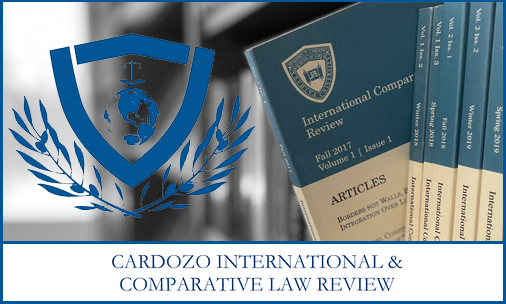Document Type
Blog Post
Publication Date
11-21-2021
Graduation Year
2023
Abstract
There is no international treaty that directly acknowledges the rights of LGBTIQ+ persons or the right to protection from discrimination or violence on the basis of sexual orientation or gender identity. The International Bill of Rights concerns itself with the protection of persons on the basis of “race, colour, sex, language, religion, political or other opinion, national or social origin, property, birth or other status.” This same language is found in Article 2 of the Universal Declaration of Human Rights (UDHR), the International Covenant on Economic, Social and Cultural Rights (ICESCR), and the International Covenant on Civil and Political Rights (ICCPR).[2] This lack of recognition isn’t surprising— over 70 countries continue to criminalize queer existence or expression with antisodomy laws, indicating at the least a stark lack of interest in negotiating a treaty for the protection of LGBTIQ+ persons— and this tenuous framework results in LGBTIQ+ rights hanging in the balance between recognition and destruction.
This post was originally published on the Cardozo International & Comparative Law Review website on November 21, 2021. The original post can be accessed via the Archived Link button above.
Recommended Citation
D'Angelo, Mika, "Sexual Orientation & Gender Identity in International Human Rights Law: Existing Between the Lines" (2021). Cardozo International & Comparative Law Review (CICLR) Blog. 34.
https://larc.cardozo.yu.edu/ciclr-online/34



